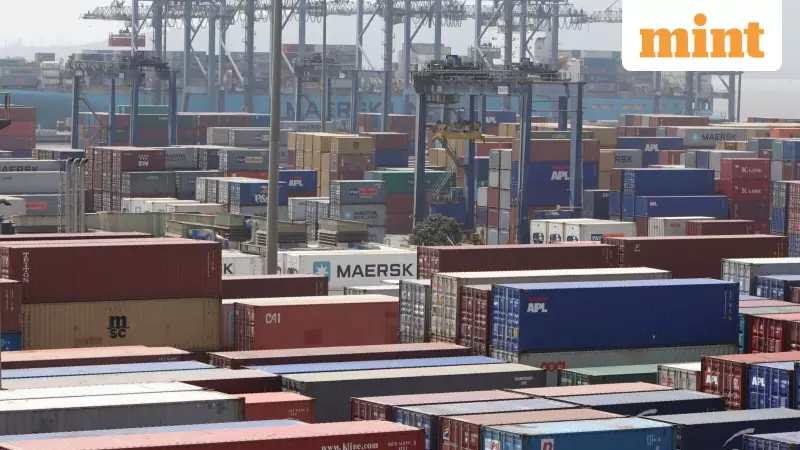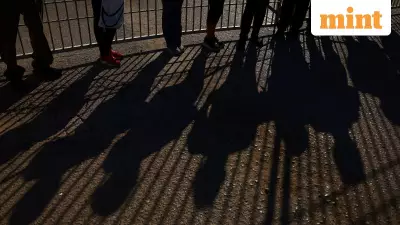
India's economic landscape witnessed significant shifts in October 2025, with the country's goods trade deficit reaching an unprecedented high while rural consumption continued to outperform urban markets. The latest data reveals a complex picture of India's economic trajectory across multiple sectors.
Record Trade Deficit and Gold Surge
Provisional data released by the commerce ministry showed India's goods trade deficit widened to $41.7 billion in October, marking a historic peak. This represents a substantial 29.6% increase from September and nearly 60% jump compared to the same period last year.
The dramatic expansion was primarily driven by two key factors: surging gold imports and the impact of US tariffs on Indian exports. Gold imports tripled year-on-year to reach $14.7 billion, reflecting growing investor anxiety amid global economic uncertainty and geopolitical tensions. The yellow metal's prices have soared by over 60% within just one year, further fueled by robust buying from central banks worldwide.
Exports to the United States, the world's largest economy, presented a mixed picture. While shipments increased by 15% from September to reach $6.3 billion, they remained 8.6% lower than the previous year's levels, indicating persistent challenges from tariff pressures.
Diverging Employment Trends
The latest Periodic Labour Force Survey revealed contrasting employment patterns across urban and rural India. While the rural unemployment rate improved to 4.4% in October from 4.6% the previous month, urban unemployment edged higher to 7% from 6.8%.
This divergence was particularly noticeable among women workers. Rural female unemployment declined to 4% from 4.3%, contributing significantly to the overall rural improvement. In contrast, urban female unemployment worsened to 9.7% from 9.3%. Male unemployment showed marginal changes in both regions.
Despite these regional variations, the country's overall unemployment rate remained steady at 5.2% in October, unchanged from previous levels.
Consumption Patterns and AI Adoption
Rural markets continued to demonstrate resilience in consumer demand. According to a NielsenIQ report, rural sales volumes for packaged consumer goods grew 7.7% year-on-year in the September quarter, although this represented a slight deceleration from the 8.4% growth recorded in the previous quarter.
Notably, rural growth has now outpaced urban growth for seven consecutive quarters. Urban areas recorded only 3.7% volume growth, down from 4.1% in the June quarter. The report attributed the slowdown in both segments to disruptions caused by changes in goods and services tax rates.
In value terms, sales increased by 12.9%, with unit growth exceeding volume growth, indicating stronger consumer preference for smaller pack sizes amid changing purchasing patterns.
Meanwhile, Indian enterprises are rapidly embracing generative artificial intelligence. An EY survey covering over 200 organizations found that 47% of companies now have multiple AI-based projects in production, while only 10% are scaling use cases across their businesses. This marks significant progress from 2024, when limited real-world deployment was reported.
Significant Deals and Investments
Several major developments across sectors highlighted India's growing economic engagements:
- 2.2 million tonnes of liquefied petroleum gas will be imported from the US in 2026 by three public sector oil companies
- $45.7 million potential sale of Javelin missile systems to India approved by the US to boost defense capabilities
- ₹7,172 crore investment cleared for 17 electronics manufacturing projects
- ₹2.67 trillion budgetary support expected for Indian Railways in 2026-27
- 49% stake in green hydrogen firm Hygenco being acquired as part of a $125-million equity deal
In political developments, Janata Dal (United) president Nitish Kumar was sworn in as Bihar's chief minister for the tenth time. If he completes his current five-year term, he will become the third-longest serving chief minister in Indian history, having already served over 19 years across multiple terms.





